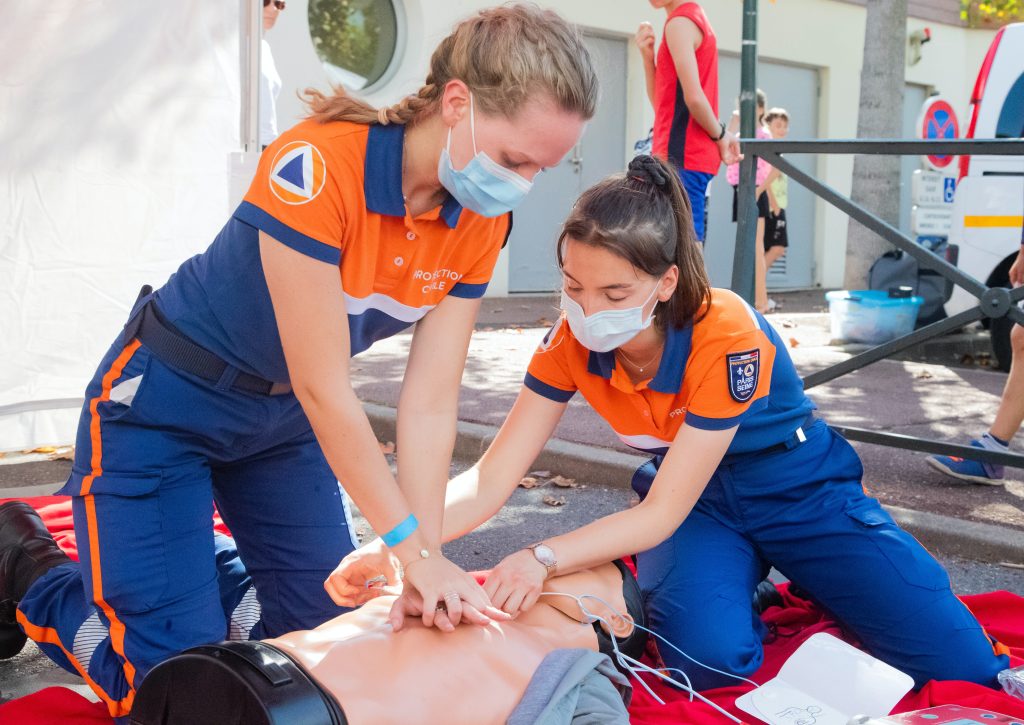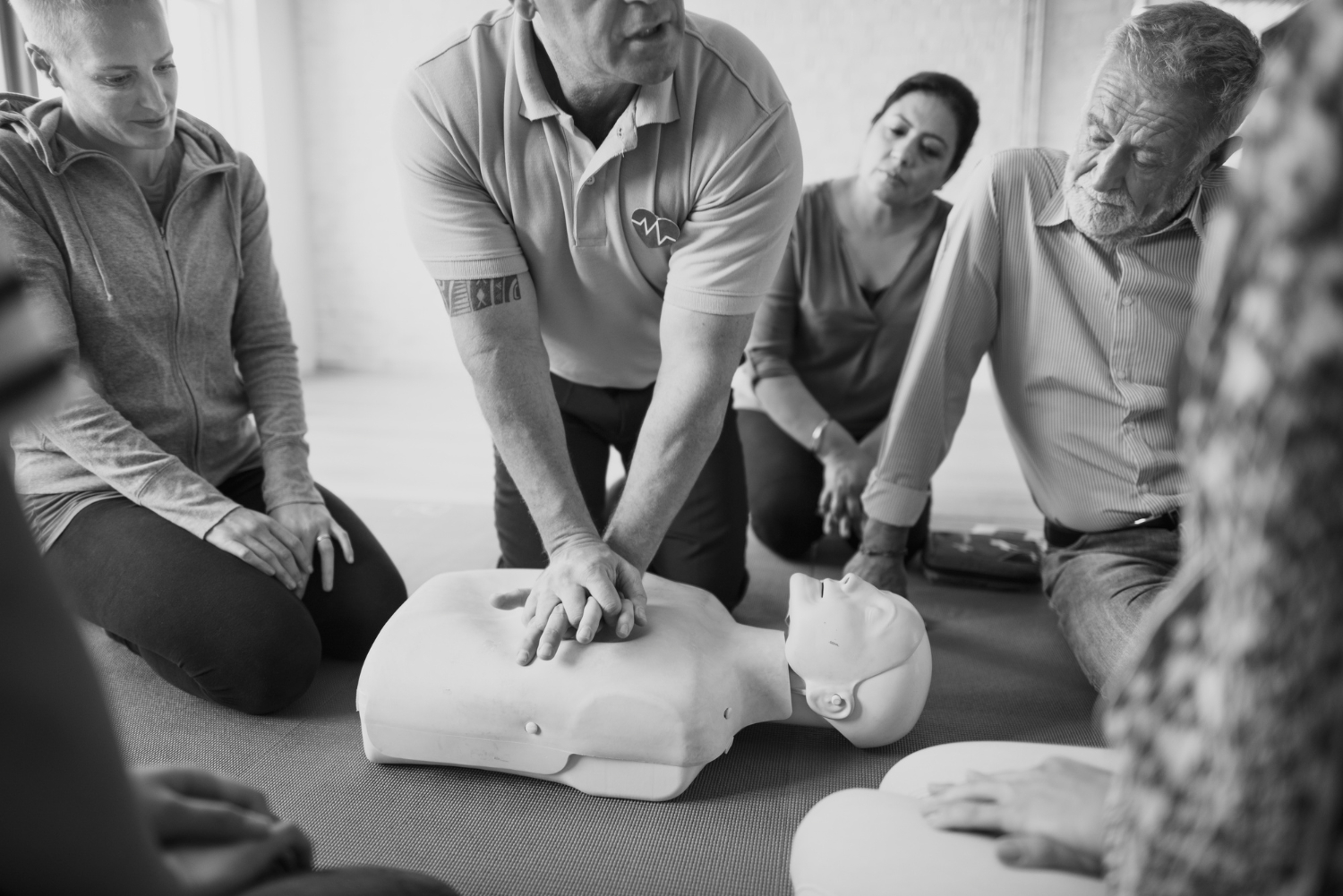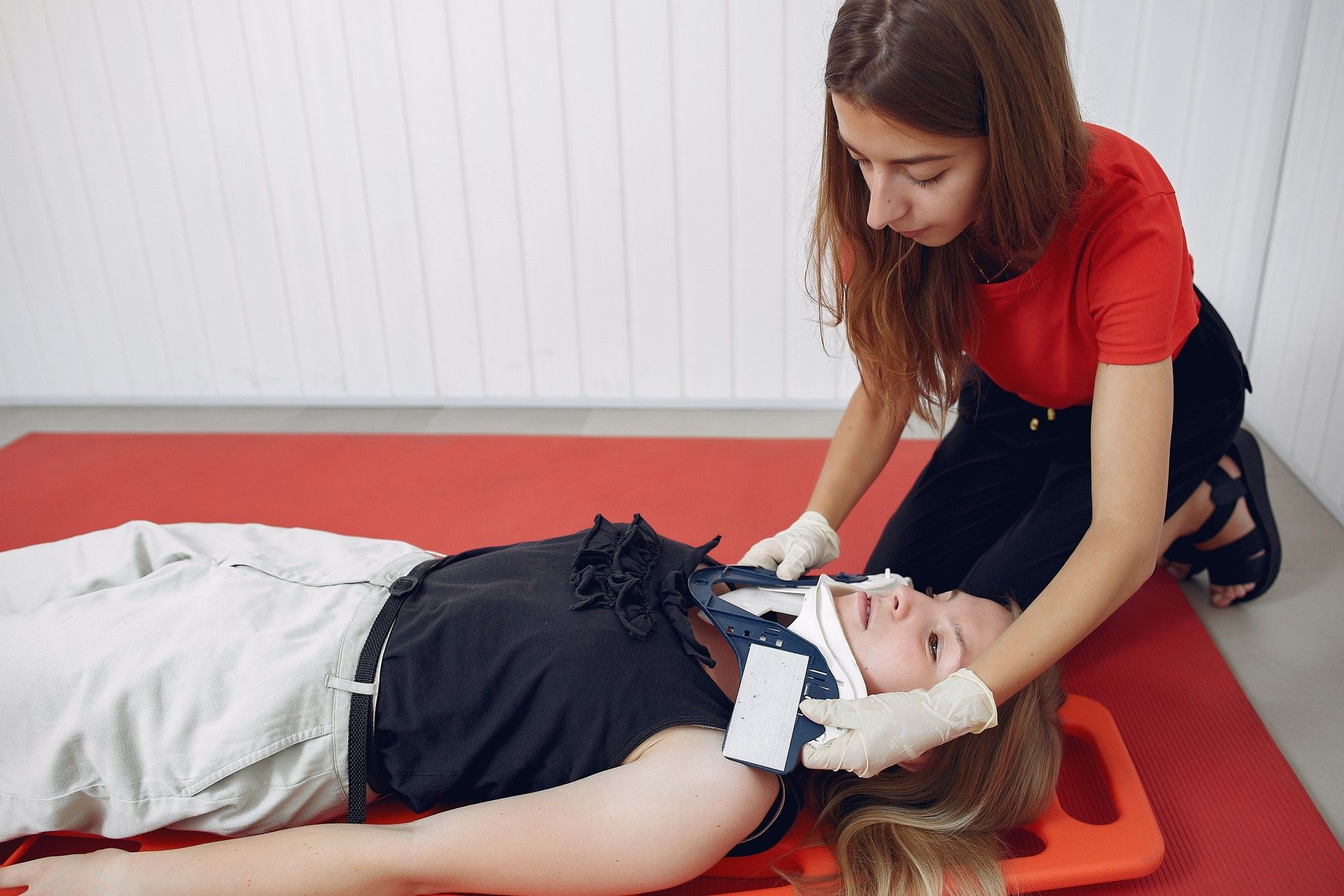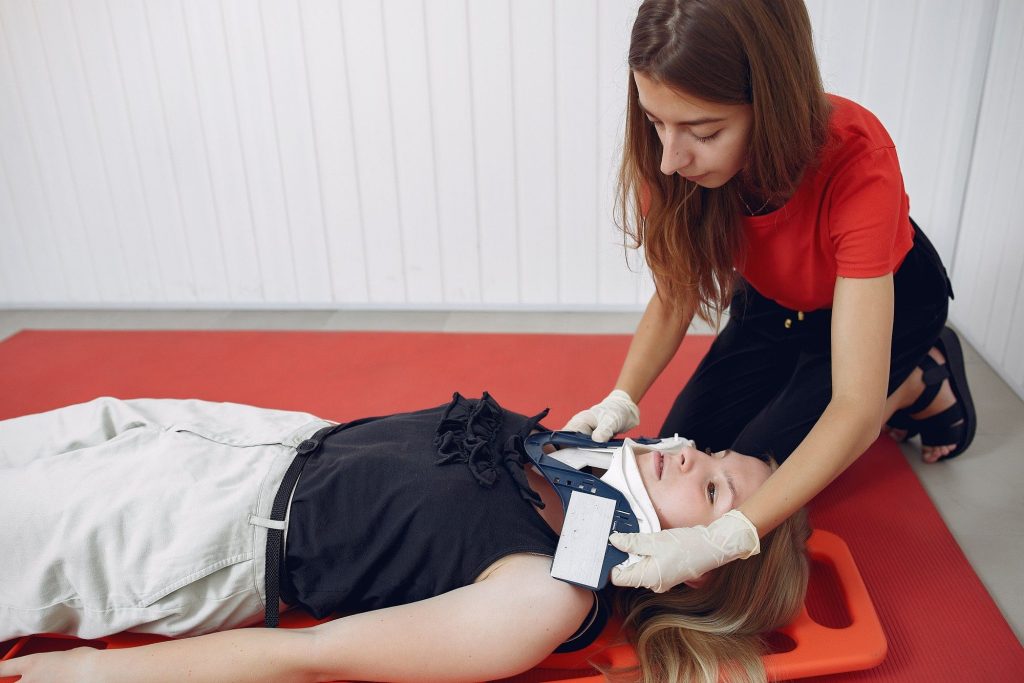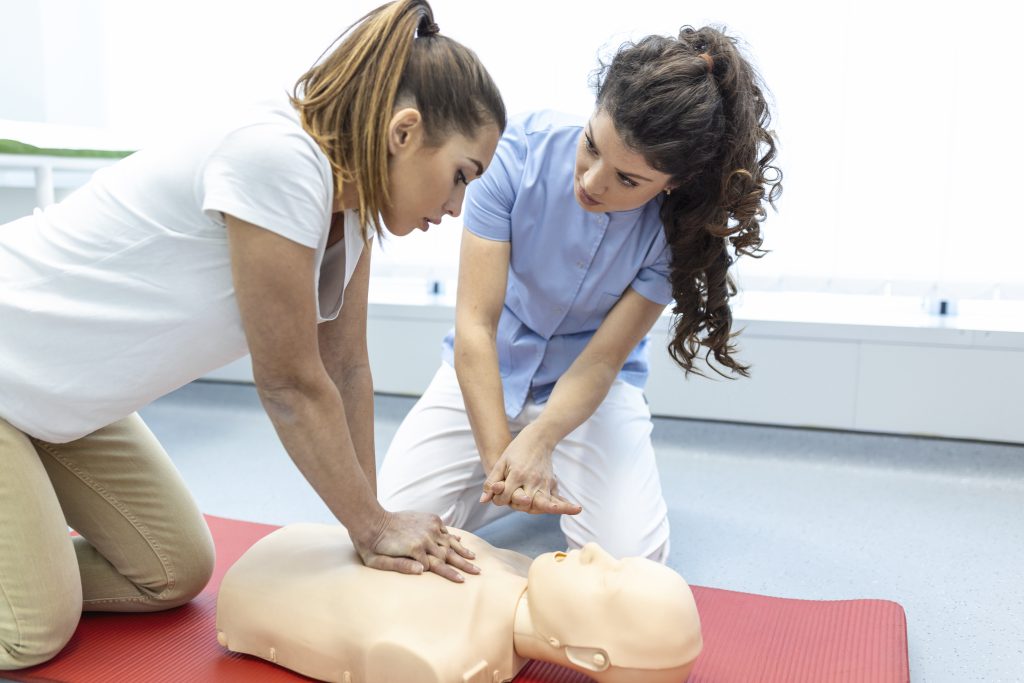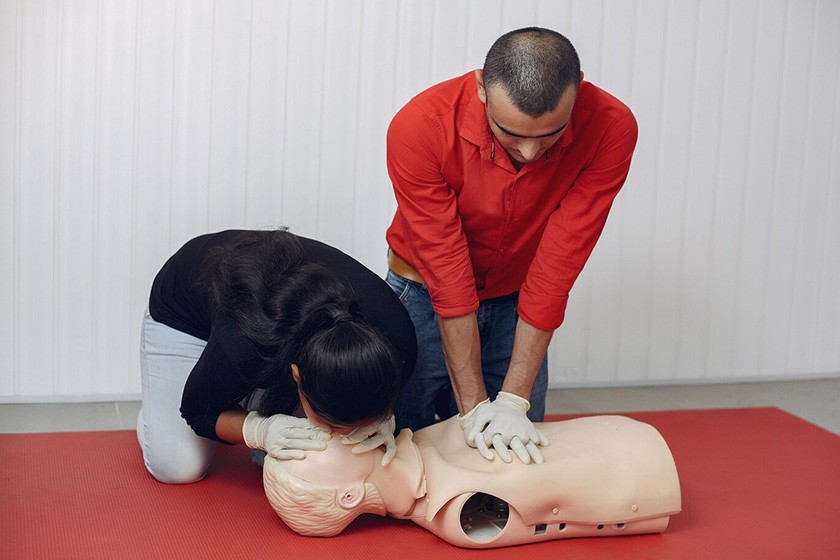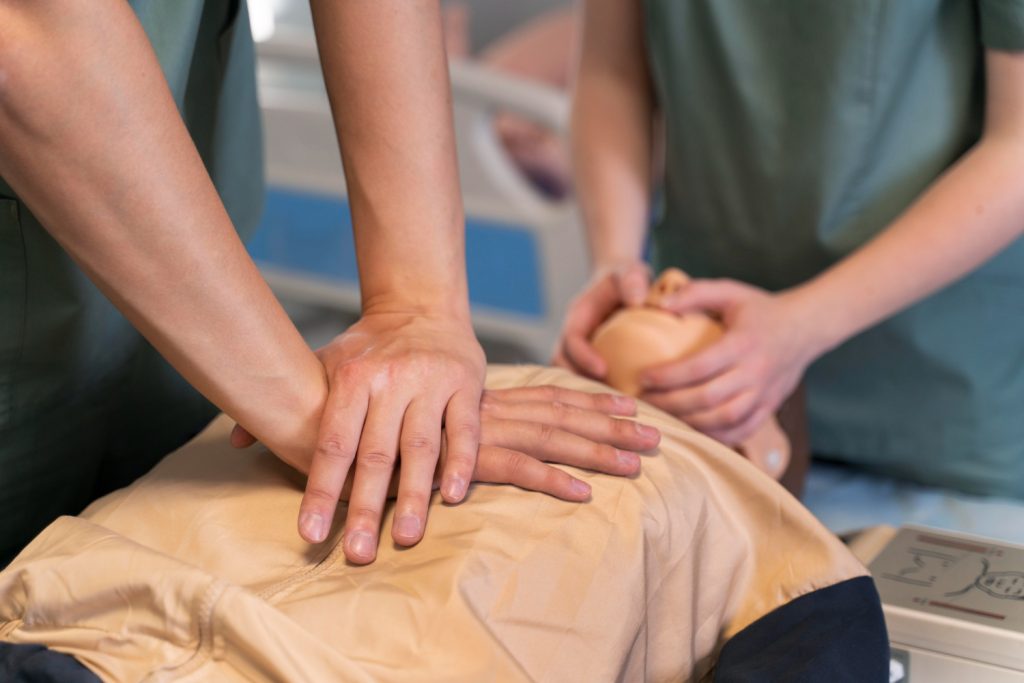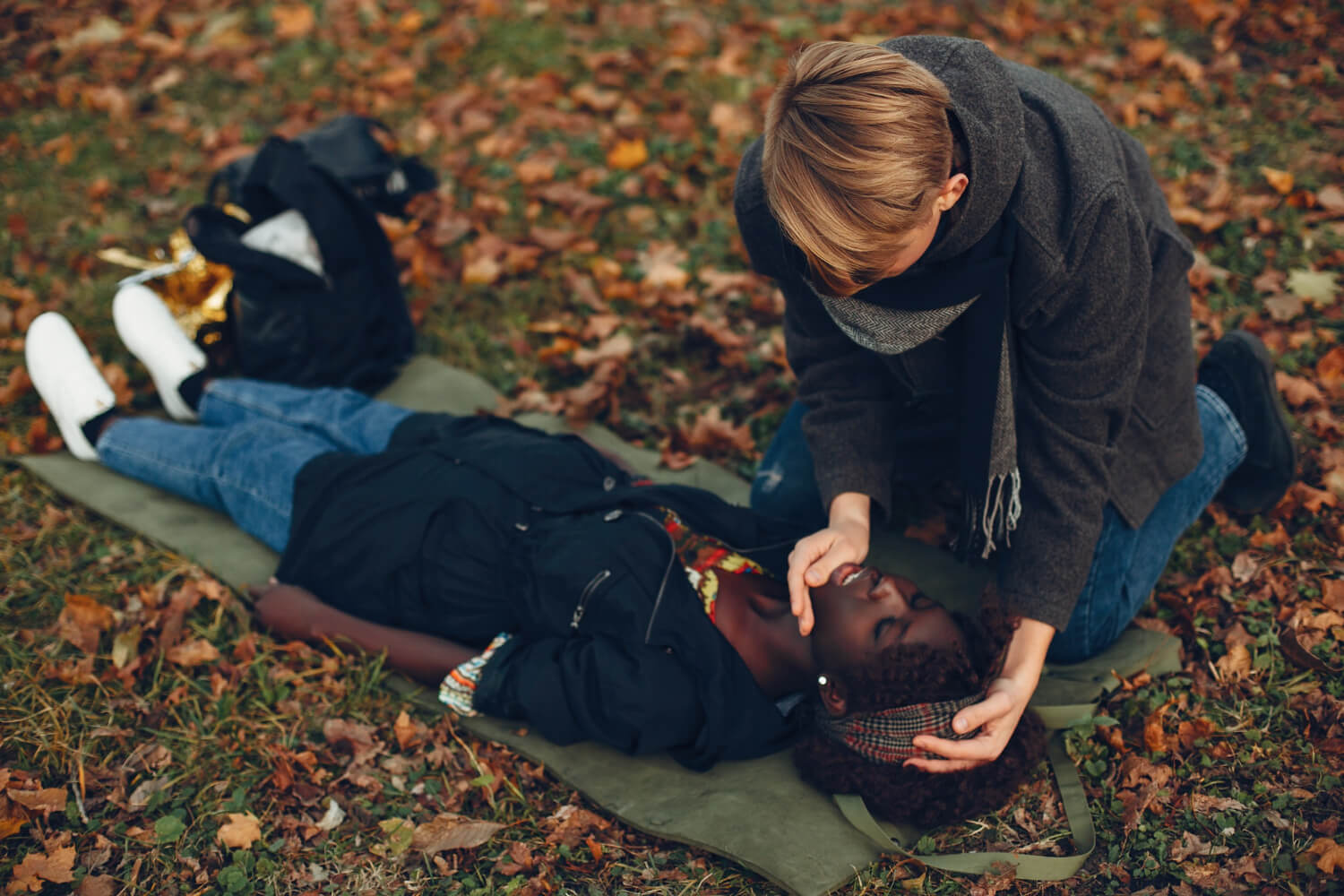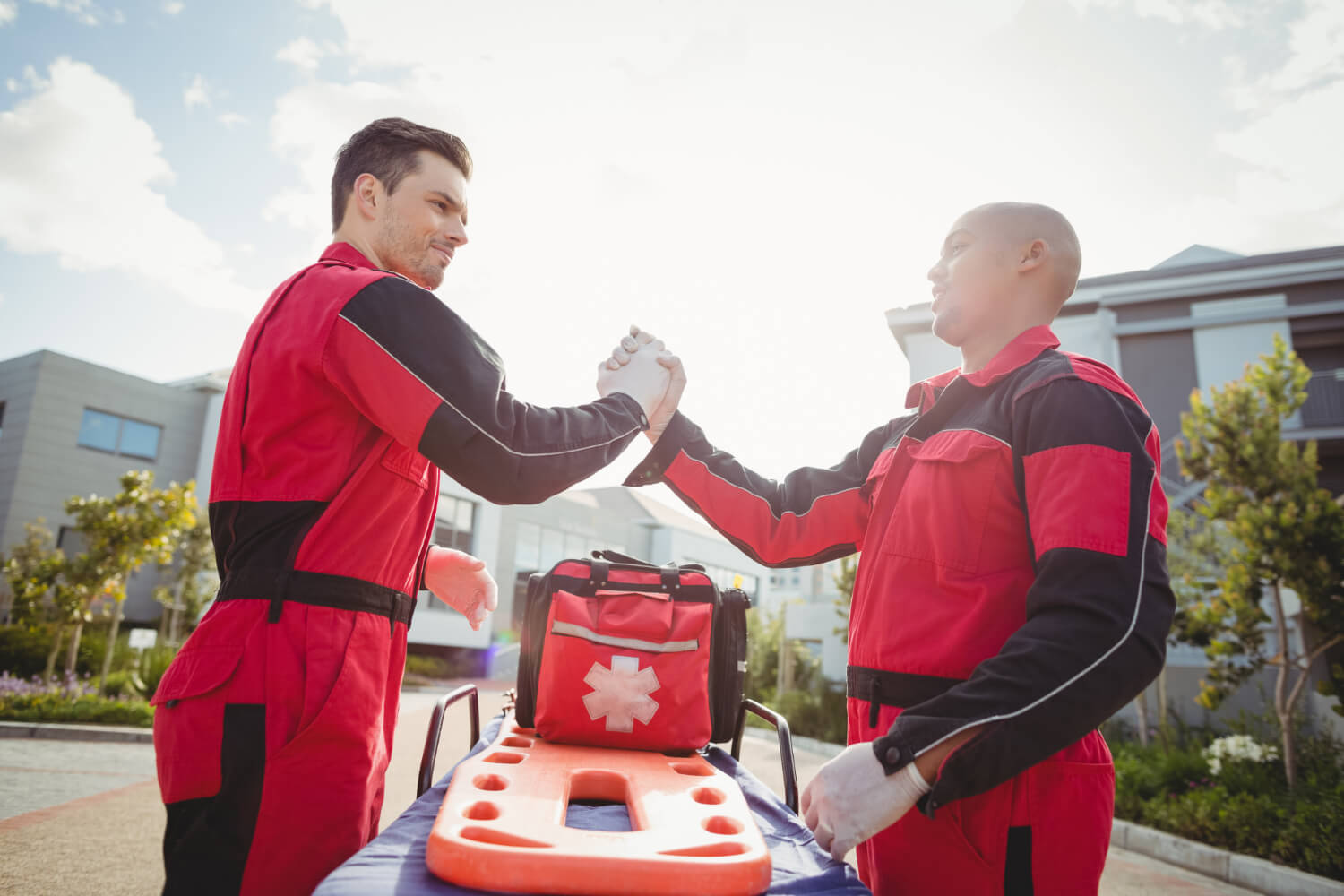A Comprehensive Guide to CPR Certification for Dallas Nurses
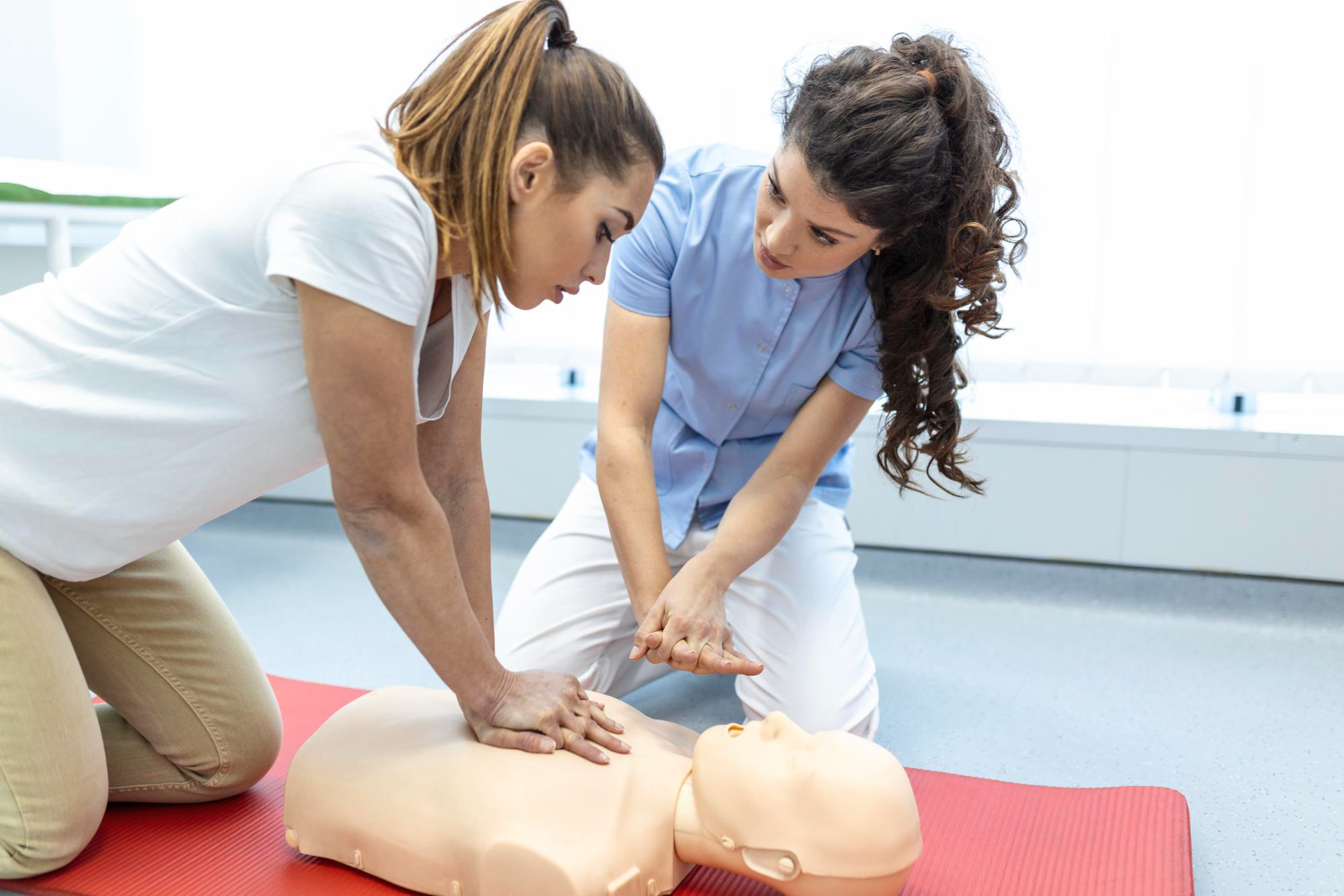
A Comprehensive Guide to CPR Certification for Dallas Nurses
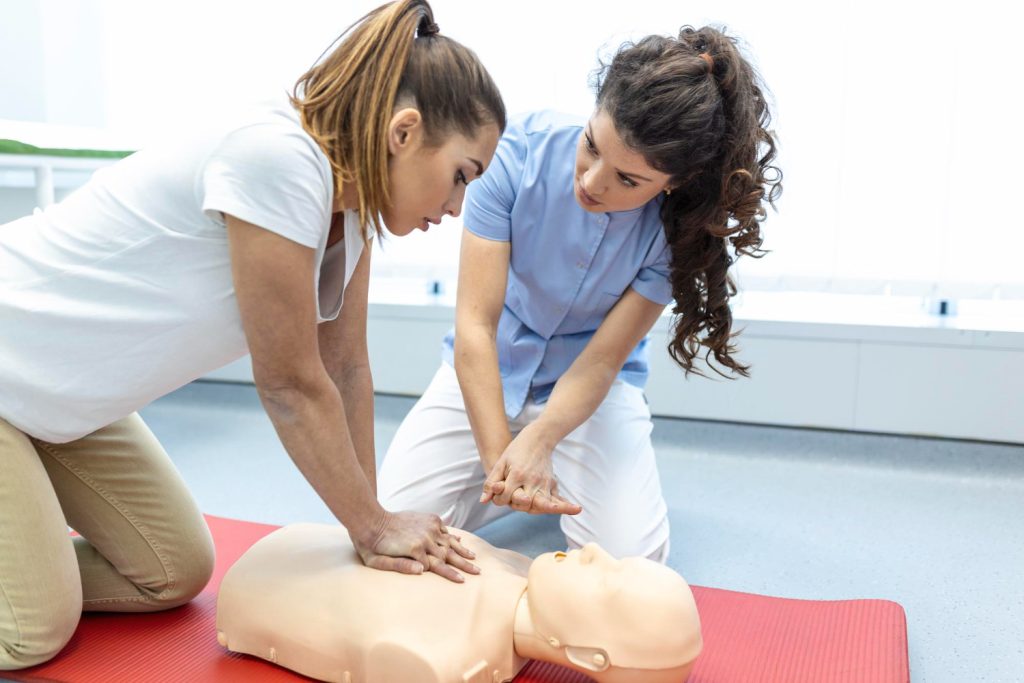
As a dedicated nurse in Dallas, the critical nature of your profession is undeniable. You often find yourself in the frontline of emergency situations, making it imperative to possess the right CPR certification. In this comprehensive guide, we will delve into the specific CPR certifications essential for Dallas nurses, ensuring you are not only meeting requirements but also adequately prepared for any unforeseen circumstances.
Understanding CPR Certification Levels:
Before delving into the specific requirements for Dallas nurses, it’s crucial to have a solid understanding of the different levels of CPR certification. The American Heart Association (AHA) provides a range of CPR courses tailored to various professions and skill levels. For nurses, the gold standard is typically the Basic Life Support (BLS) certification.
BLS Certification for Nurses:
The BLS certification surpasses basic CPR knowledge, providing healthcare professionals with the skills necessary to respond to a myriad of life-threatening emergencies. This encompasses cardiopulmonary resuscitation (CPR) for adults, children, and infants, as well as training in the use of automated external defibrillators (AEDs) and relief of choking. Let’s explore why BLS certification is crucial for nurses in Dallas.
Importance of BLS Certification for Dallas Nurses:
Nurses in Dallas play a pivotal role in the healthcare industry, often being the first line of defense in emergencies. The BLS certification is not just a hospital policy but a regulatory requirement, ensuring that healthcare professionals are well-prepared to competently handle critical situations. Moreover, many nursing programs and employers in Dallas specifically require BLS certification from the American Heart Association.
Advantages of BLS Certification:
Beyond meeting regulatory requirements, BLS certification offers several advantages for Dallas nurses. It instills confidence in healthcare professionals, enhancing their ability to respond effectively in high-pressure situations. The comprehensive nature of BLS training equips nurses with a broad skill set, making them valuable assets in emergency scenarios.
Specific CPR Certification Requirements for Dallas Nurses:
The Dallas healthcare industry imposes specific requirements on nurses, necessitating the possession of a current BLS certification. Compliance with this requirement is not only a professional obligation but also an ethical responsibility to ensure the safety and well-being of patients. Let’s delve into the specific CPR certification requirements for Dallas nurses.
Hospital Policies and Regulatory Requirements:
Dallas hospitals, in alignment with national standards, mandate that nurses hold a current BLS certification. This ensures that healthcare providers are not only capable of basic life support but also proficient in using advanced tools like AEDs. Adherence to these policies is crucial for maintaining the quality of care provided in healthcare institutions.
Preferred AHA BLS Certification:
While there are various providers of BLS certification, many nursing programs and employers in Dallas specifically prefer certifications issued by the American Heart Association. AHA certifications are recognized globally for their comprehensive curriculum and adherence to the latest guidelines, making them a preferred choice for healthcare professionals in Dallas.
Maintaining BLS Certification:
CPR guidelines and best practices evolve periodically, necessitating Dallas nurses to stay current with the latest standards. BLS certifications typically have a validity period of two years, after which they need to be renewed. This periodic renewal ensures that healthcare providers are always up-to-date with any changes in CPR techniques and protocols.
Importance of Renewal:
Regular renewal of BLS certification is not just a formality; it is a crucial aspect of maintaining competency. As healthcare practices and guidelines evolve, staying informed is essential to provide the best possible care to patients. Dallas nurses should prioritize timely renewal to guarantee that their skills are in line with the latest advancements in resuscitation and emergency care.
Options for BLS Certification in Dallas:
For nurses in Dallas seeking BLS certification, the American Heart Association offers courses through authorized training centers. One such reputable center is CPR Classes Near Me Dallas, known for providing AHA BLS, CPR, AED, and first aid classes. These courses are tailor-made for healthcare professionals and are taught by certified instructors with real-world experience.
Choosing the Right Training Center:
When considering BLS certification, selecting the right training center is paramount. Dallas nurses should opt for authorized centers affiliated with reputable organizations like the American Heart Association. These centers not only provide high-quality training but also ensure that the certification meets the stringent requirements set by healthcare institutions and regulatory bodies.
Real-World Application of Skills:
Training centers like CPR Classes Near Me Dallas go beyond theoretical instruction. They emphasize real-world application scenarios, allowing nurses to practice and enhance their skills in a controlled environment. This practical approach ensures that Dallas nurses not only understand the theoretical aspects but also feel confident and competent in applying their knowledge in actual emergency situations.
Conclusion:
In conclusion, possessing the right CPR certification is not merely a requirement; it is a critical skill that can significantly impact lives. For Dallas nurses, the BLS certification from the American Heart Association stands as the gold standard, meeting both hospital policies and regulatory requirements. Ensuring that your certification is current and considering a refresher course when needed are proactive steps towards maintaining preparedness.
For those in the Dallas area looking to obtain or renew their BLS certification, the Dallas AHA BLS CPR Class emerges as a comprehensive solution. This course equips nurses with the knowledge and skills needed to respond confidently to life-threatening situations, contributing to better patient outcomes and overall healthcare excellence.
By prioritizing BLS certification, Dallas nurses can navigate emergency situations with confidence, ultimately making a life-saving impact. Stay informed, stay certified, and be prepared to rise to the challenges that come your way in the dynamic field of healthcare. Your dedication to ongoing education and preparedness ensures that you remain a valuable asset in providing high-quality patient care.


